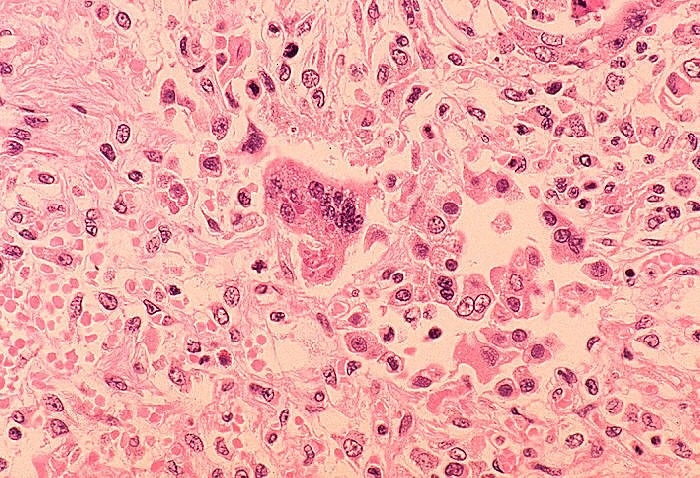Measles is now a growing concern for Kentucky after a university-led religious event could potentially start an outbreak after one of its thousands of attendees was infected by the measles virus. US health authorities request the public to quarantine for 21 days for those who are unvaccinated or not fully vaccinated against the measles disease.
Kentucky Measles Outbreak

The Kentucky Health Department and Centers for Disease Control and Prevention (CDC) reportedly alerted health officials and the public regarding a serious measles exposure event southwest of Lexington. The incident occurred at Asbury University in Wilmore, Kentucky.
The university hosted an on-campus even in mid-February which was attended by 20,000 people from across the US, according to the health website Precision Vaccinations reported. A single measles cases was confirmed on February 24 involving an unvaccinated person who attended the said event while being infectious.
In December 2022, local health authorities issued a report about the Ohio measles outbreak, which involved at least 74 cases at that time. Majority of the cases infected children, both boys and girls, under the age of five years, a story also covered by Nature World News, citing from MedPage Today, a medical news website.
Also Read : Measles! Nearly 80% of the World Faces Outbreak
What is Measles?
Measles, as defined by the CDC, as an "acute viral respiratory illness." Its common symptoms are fever that can reach as high as 105 degrees Fahrenheit (40.5 degrees Celsius), cough, coryza, conjunctivitis, malaise, pathognomonic enanthema (Koplik spots), and maculopapular rash.
The health center adds the rash typically appear around 14 days after a person was infected, spreading from the head to the trunk and lower parts of the body. Infected persons are considered by health authorities as contagious four days before and after the rash started to appear. Meanwhile, some immunocompromised patients do not experience the development of rash at all.
Measles Outbreak
Measles is a highly contagious or infectious disease caused by a virus. Prior to the measles vaccine's introduction in 1963 and its widespread distribution afterward, major measles epidemics had occurred for around every two to three years. The measles outbreak led to an estimated 2.6 million deaths annually, according to the WHO.
In 2018, over 140,000 people died from measles, most of the victims were children under the age of five years, despite the availability and access to measles vaccine.
As mentioned, measles is caused by a pathogenic virus, particularly a single-stranded and enveloped RNA virus with 1 serotype. The virus belongs to the paramyxovirus family and is spread through direct physical contact and through the air, according to the CDC and the WHO.
Once contracted, the measles virus infects the respiratory tract and spreads throughout the body. The international health agency notes that measles is a human disease and is not known to infect animals
Measles Symptoms
While the CDC mentioned some of the most common measles symptoms, the WHO outlines the first sign of measles such as high fever, which starts between day 10 and 12 after exposure to the virus, and last for up to four to seven days. The WHO also mentions other symptoms, however small they may be:
- runny nose
- cough
- red and watery eyes
- small white spots in the cheeks
A rash then emerges after several days, typically on the face and upper neck. The succeeding three days will make the rash spread as far as the hands and feet. The said skin irritation approximately last for five to six days and fades eventually.
© 2025 NatureWorldNews.com All rights reserved. Do not reproduce without permission.





